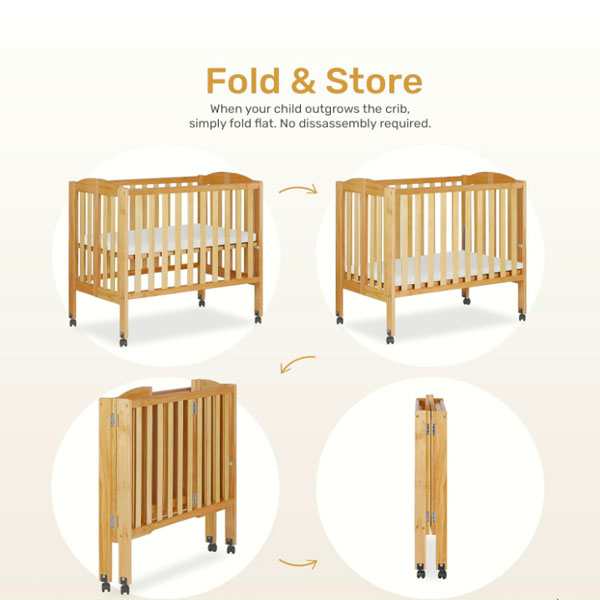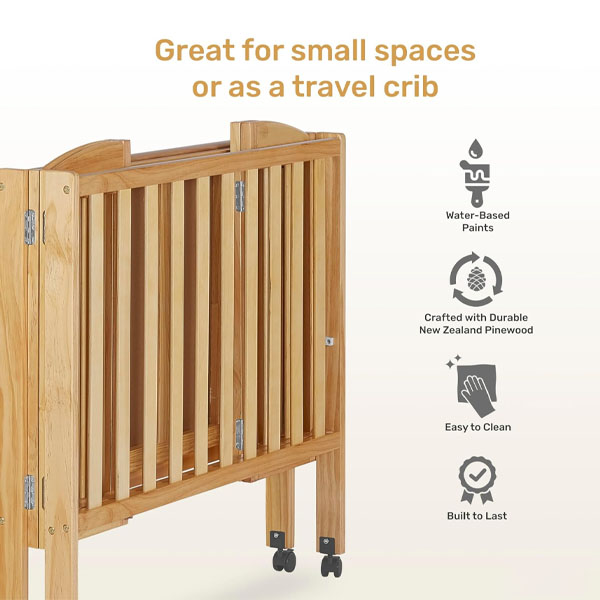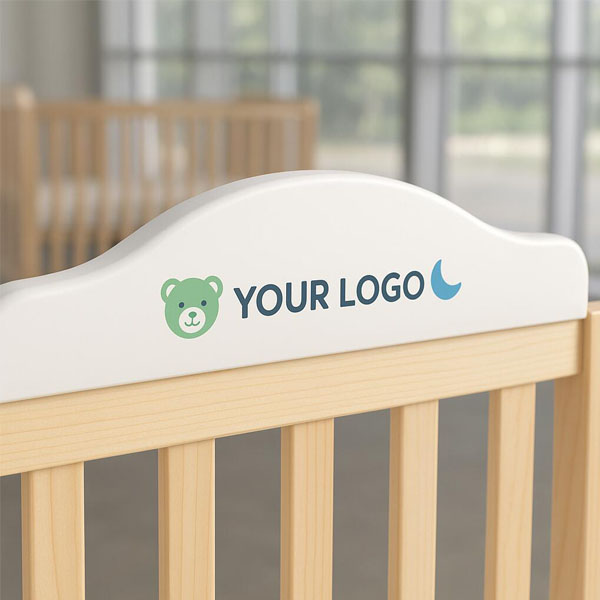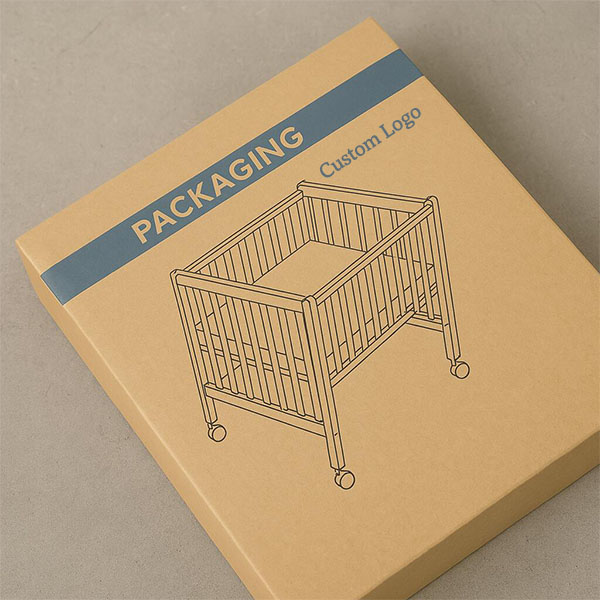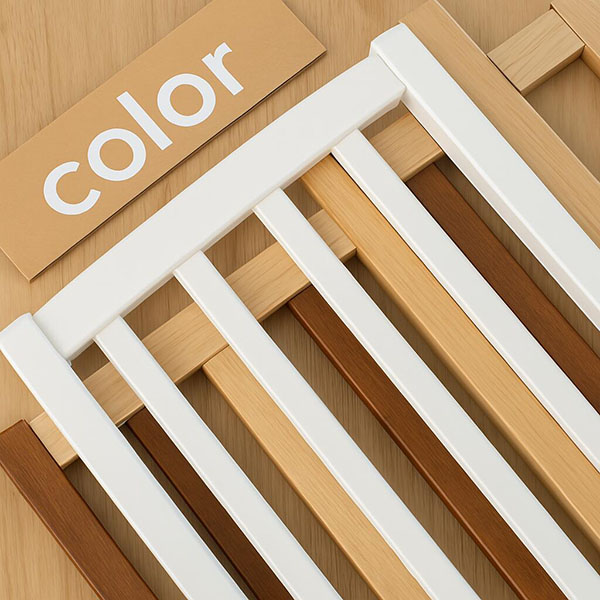How Much Weight Can a Crib Hold?
Worried about how much weight your crib can handle? Understanding its weight limit is crucial for your baby’s safety.
The average crib can hold up to 35~50 pounds (16~23 kg). However, weight limits vary depending on the crib’s design, materials, and manufacturer.

Knowing your crib’s weight limit is essential to ensure it remains safe and functional. Let’s dive deeper into the details.
Why does the weight limit of a crib matter?
Why is it important to know how much weight your crib can hold? Here’s the answer.
Exceeding the weight limit can compromise the crib’s safety, leading to structural damage or collapse. It’s crucial to follow the manufacturer’s guidelines.
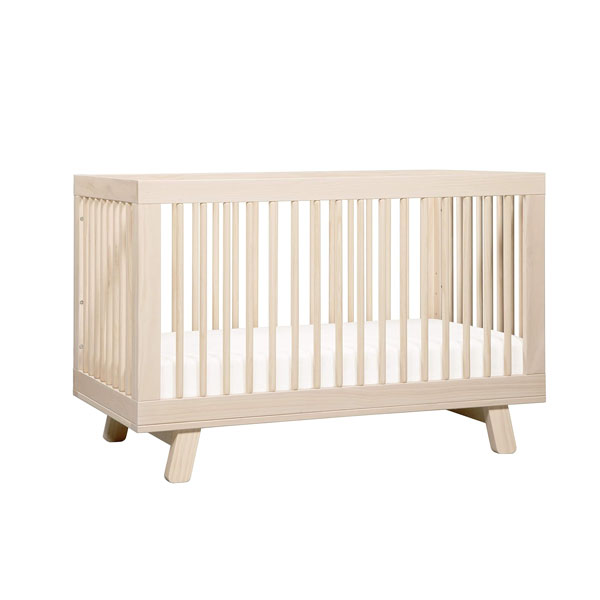
Reasons to Follow Weight Limits
- Safety:
- Overloading the crib can cause it to break or become unstable.
- Durability:
- Staying within the weight limit ensures the crib lasts longer.
- Compliance:
- Following guidelines maintains compliance with safety standards.
- Peace of Mind:
- Knowing your crib is safe helps you rest easy.
Adhering to the weight limit protects both your baby and your investment.
How can I find the weight limit of my crib?
How do you determine the maximum weight your crib can safely hold? Let’s find out.
Check the manufacturer’s manual or product label for the weight limit. If unavailable, contact the manufacturer directly for accurate information.
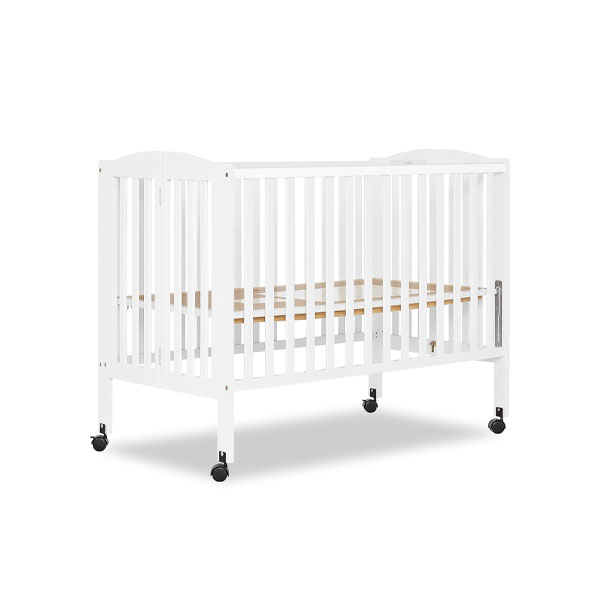
Steps to Find the Weight Limit
- Manual:
- Look for weight limit details in the instruction booklet.
- Product Label:
- Inspect the crib for labels or stickers that specify the limit.
- Online Search:
- Search the crib’s model number on the manufacturer’s website.
- Contact Manufacturer:
- Reach out to the company’s customer service for clarification.
Following these steps ensures you have the correct information.
What happens if I exceed the crib’s weight limit?
What could go wrong if you ignore the crib’s weight limit? Here’s what you need to know.
Exceeding the weight limit can lead to cracks, instability, or even collapse. This poses serious safety risks for your baby.
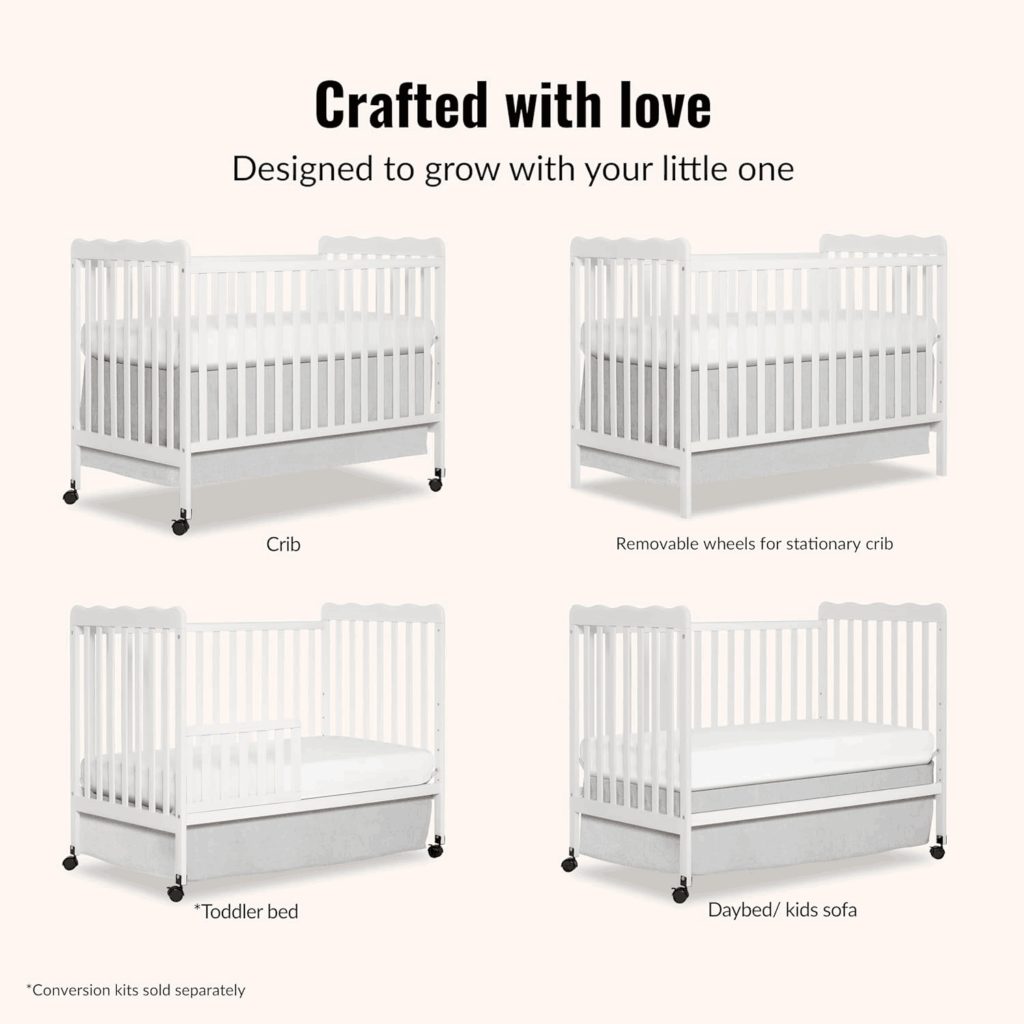
Risks of Overloading the Crib
- Structural Damage:
- The crib’s frame or slats may crack or break.
- Instability:
- The crib may wobble or tip over, endangering your baby.
- Collapse:
- The entire crib could collapse, causing injury.
- Reduced Lifespan:
- Overloading shortens the crib’s usability and durability.
Never exceed the weight limit to keep your baby safe.
Are there cribs with higher weight limits?
Do some cribs support more weight than others? Here’s what to look for.
Yes, some cribs are designed to hold more weight. Look for heavy-duty materials, reinforced frames, and convertible options with higher weight capacities.
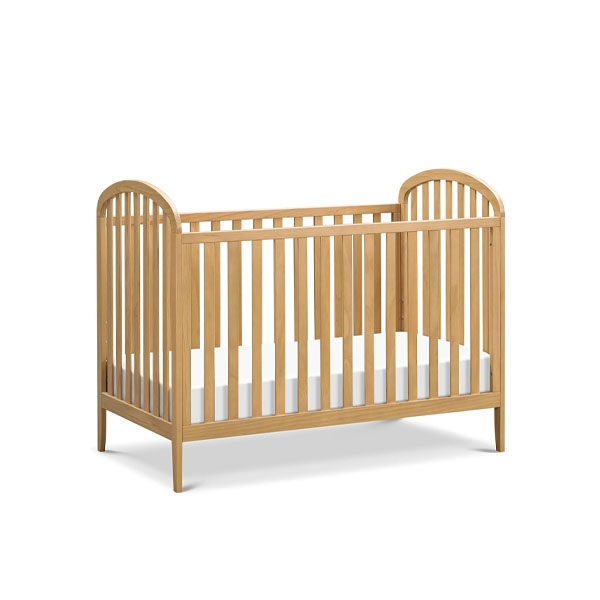
Features of High-Weight-Limit Cribs
- Heavy-Duty Materials:
- Plywood or metal frames are sturdier than standard options.
- Reinforced Design:
- Extra supports or thicker slats can handle more weight.
- Convertible Cribs:
- These often support higher weights as they convert into toddler beds.
- Extended Lifespan:
- Designed to last longer, supporting older or heavier children.
Choosing a crib with a higher weight limit can be a smart investment.
How long can my baby use the crib?
How long can you safely use the crib before transitioning to a toddler bed?
Most cribs are used until your child reaches 35 inches (89 cm) in height or can climb out. However, weight limits also play a role in determining usage duration.
Transitioning from a Crib
- Height Limit:
- Transition when your child’s height reaches the crib’s maximum.
- Weight Limit:
- Stop using the crib if your child exceeds the weight limit.
- Developmental Milestones:
- Move to a toddler bed if your child starts climbing out.
- Safety:
- Always prioritize safety over convenience when making the switch.
Knowing these factors helps you decide when to transition your child.
Conclusion
Understanding your crib’s weight limit is essential for your baby’s safety. Check the manufacturer’s guidelines, avoid overloading, and transition to a toddler bed when necessary.




